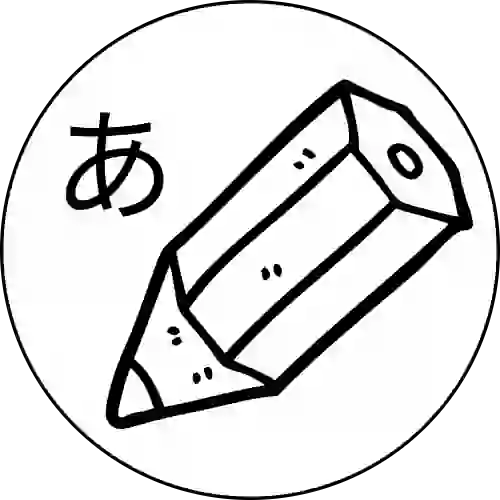For example, the sentence 「食事がついているのはこっちのツアーです。」 is completely correct. It uses the common Japanese grammar structure 「〜のは〜」. Here is a detailed breakdown.
1. Sentence Breakdown and Meaning
- 食事がついている:
- 「食事」: A noun meaning “meal.”
- 「ついている」: The continuous form of the verb 「つく」 (to be attached or included). It means “is included” or “comes with.”
- Overall Meaning: Meals are included.
- のは:
- 「の」: Nominalizes the preceding clause 「食事がついている」, turning it into a noun phrase.
- 「は」: Marks the topic, emphasizing “the inclusion of meals.”
- こっちのツアーです:
- 「こっち」: A demonstrative pronoun meaning “this” or “this one.”
- 「のツアー」: Modifies 「ツアー」 (tour), indicating “this particular tour.”
- Overall Meaning: It is “this tour.”
Overall Sentence Translation:
- “The tour that includes meals is this one.”
2. Grammar Structure: 「〜のは〜」
(1) Basic Form
「〜のは〜」 is a common grammar structure in Japanese, used to nominalize the preceding clause and use it as the subject or topic for further explanation.
- Structure:
Clause (Plain Form) + のは + Clause/Noun + です
(2) Function
- Emphasizing the Subject or Topic:
- 「の」 nominalizes the clause, and 「は」 introduces it as the topic.
- Example:
- 勉強するのは楽しいです。
(Studying is fun.)
- 勉強するのは楽しいです。
- Explaining/Defining:
- Used to explain or define a particular aspect of something.
- Example:
- 一番好きなのはこの映画です。
(The one I like the most is this movie.)
- 一番好きなのはこの映画です。
- Making Comparisons/Emphasis:
- Used to highlight specific information, often for comparison or contrast.
- Example:
- 静かなのは田舎だけです。
(The quiet places are only in the countryside.)
- 静かなのは田舎だけです。
3. Connection Rules
(1) Verbs
- Plain Form + のは
- Example:
- 走るのは疲れます。
(Running is tiring.)
- 走るのは疲れます。
- Example:
(2) い-Adjectives
- Plain Form + のは
- Example:
- 面白いのはこのドラマです。
(The interesting one is this drama.)
- 面白いのはこのドラマです。
- Example:
(3) な-Adjectives
- Stem + な + のは
- Example:
- 静かなのはこの部屋です。
(The quiet one is this room.)
- 静かなのはこの部屋です。
- Example:
(4) Nouns
- Noun + な + のは
- Example:
- 必要なのは時間です。
(What is needed is time.)
- 必要なのは時間です。
- Example:
4. Use Cases and Examples
(1) Describing Characteristics
- Example:
- 暑いのは夏だけです。
(The only hot season is summer.)
- 暑いのは夏だけです。
(2) Highlighting the Topic
- Example:
- 運転するのは彼です。
(The one driving is him.)
- 運転するのは彼です。
(3) Defining a Concept
- Example:
- 必要なのはお金ではなく、時間です。
(What is needed is not money but time.)
- 必要なのはお金ではなく、時間です。
(4) Expressing Emotions
- Example:
- 嬉しいのは彼が元気になったことです。
(What makes me happy is that he got better.)
- 嬉しいのは彼が元気になったことです。
5. Key Points About 「〜のは〜」
(1) Difference Between 「の」 and 「こと」
- 「の」: More conversational and often used for specific contexts.
- Example: 走るのは疲れる。 (Running is tiring.)
- 「こと」: More formal and abstract.
- Example: 走ることは健康にいい。 (Running is good for your health.)
(2) Nuance of 「の」
- Sentences with 「の」 often have a tone of explanation or emphasis, making them suitable for casual or conversational speech.
6. Summary
- The sentence 「食事がついているのはこっちのツアーです。」 is grammatically correct and natural. It emphasizes that the tour with meals included is a specific one.
- Core Functions of 「〜のは〜」:
- Nominalizing the preceding clause to use it as a subject or topic.
- Describing, defining, or emphasizing specific aspects.
- Connection Rules:
- Verbs, adjectives, and nouns all connect to 「のは」 with appropriate modifications.
